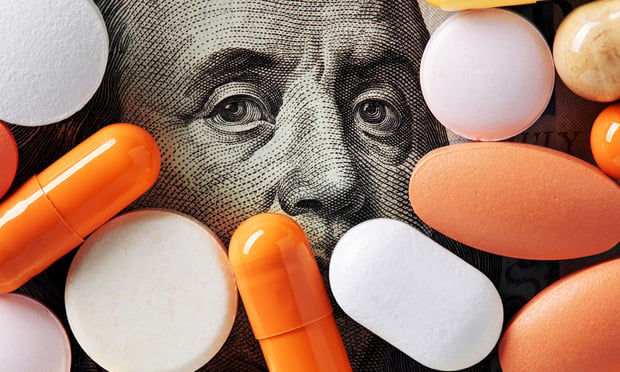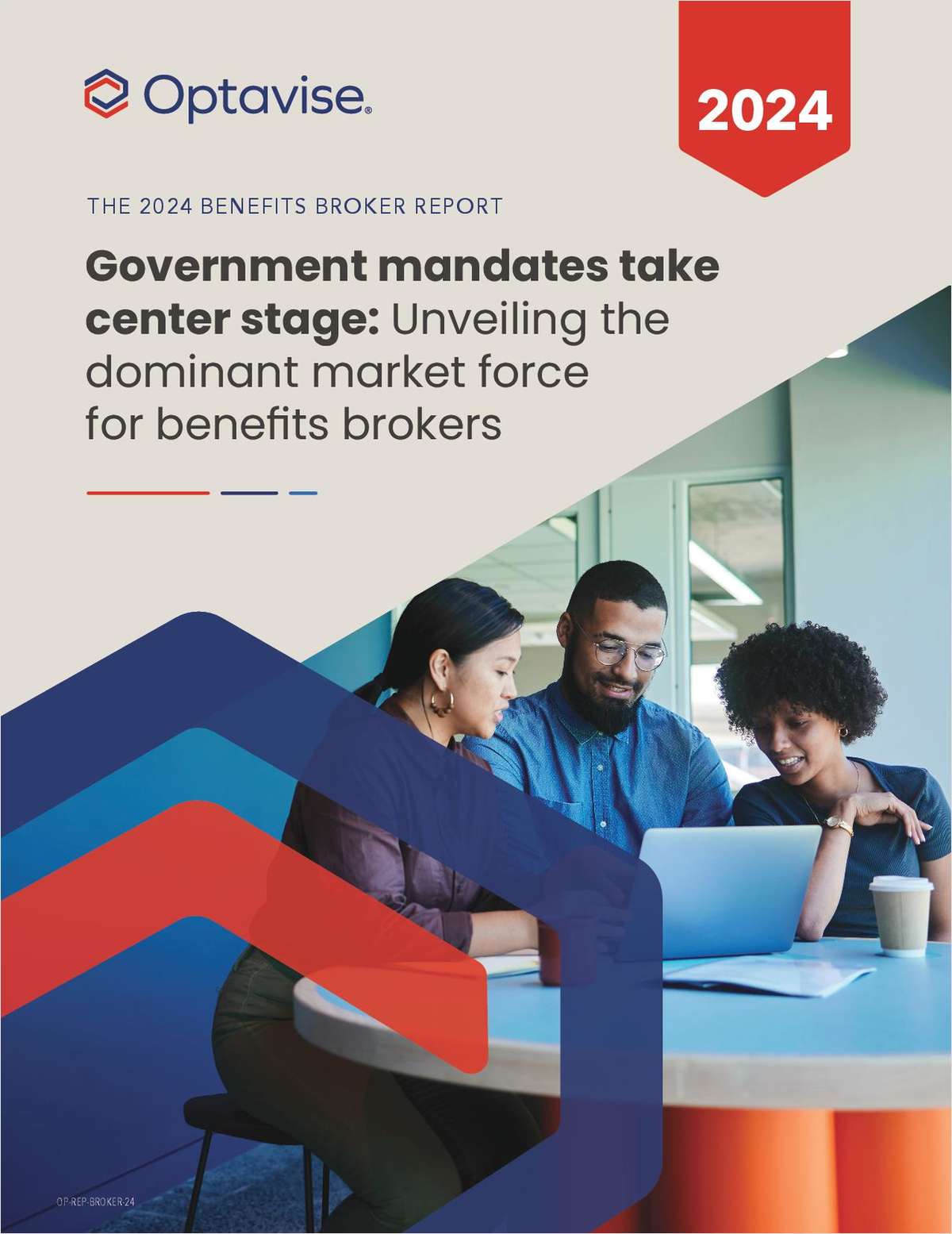 The lack ofcost transparency has long been an issue in health care, but it hasbeen exacerbated in recent years by an increase in "narrow network"health plans. (Image: Shutterstock)
The lack ofcost transparency has long been an issue in health care, but it hasbeen exacerbated in recent years by an increase in "narrow network"health plans. (Image: Shutterstock)
Medical providers aren't doing nearly enough to help patientsprepare for the cost of their treatments. In fact, a new surveysuggests that providers rarely provide information about costs topatients, which helps explain the dramatic uptick in surprise bills over the last few years.
|In a survey of 801 health insurance consumers, allof whom have purchased ACA-compliant plans through eHealth, 30percent reported "never" getting an out-of-pocket estimate fortheir out-of-pocket costs from medical providers while 28 percentsaid they "rarely" received such information.
|Only 10 percent reported "always" getting an out-of-pocketestimate, while 13 percent said they usually received one. Nineteenpercent said they got one "sometimes."
|Related: What to do about surprise bills? It's not soclear-cut.
|However, the survey showed that estimates hardly preventedsurprise bills. Of those who reported getting an estimate from aprovider, 44 percent said the bill ended up being moreexpensive.
|The lack of cost transparency has long been an issue in healthcare, but it has been exacerbated in recent years by an increase in"narrow network" health plans that lead many patients to getout-of-network charges.
|It's not clear how closely the survey sample, which consistsentirely of those who purchased health plans through eHealth, anonline insurance broker, aligns with the general population.
|Costs are weighing heavily on patients whether or not providersdiscuss them. Sixty-three percent of those surveyed reportedforgoing health care treatments –– such as doctor visits orprescriptions –– due to cost. Roughly half (48 percent) say thatthe cost of deductibles and copays is their top concern whenseeking medical treatment. In the long-run, however, the topconcern is the cost of monthly premiums, cited by 53 percent.
|Rising health care costs has clearly led many consumers tobelieve the government needs to step in. When presented with fourways to lower the cost of health care, the most popular option (63percent) was to place caps on prescription drug costs. Thirty-fourpercent supported raising taxes on the rich to subsidize care forothers, while 27 percent said doctors and hospitals should makeless money.
|Read more:
Complete your profile to continue reading and get FREE access to BenefitsPRO, part of your ALM digital membership.
Your access to unlimited BenefitsPRO content isn’t changing.
Once you are an ALM digital member, you’ll receive:
- Critical BenefitsPRO information including cutting edge post-reform success strategies, access to educational webcasts and videos, resources from industry leaders, and informative Newsletters.
- Exclusive discounts on ALM, BenefitsPRO magazine and BenefitsPRO.com events
- Access to other award-winning ALM websites including ThinkAdvisor.com and Law.com
Already have an account? Sign In
© 2024 ALM Global, LLC, All Rights Reserved. Request academic re-use from www.copyright.com. All other uses, submit a request to [email protected]. For more information visit Asset & Logo Licensing.








